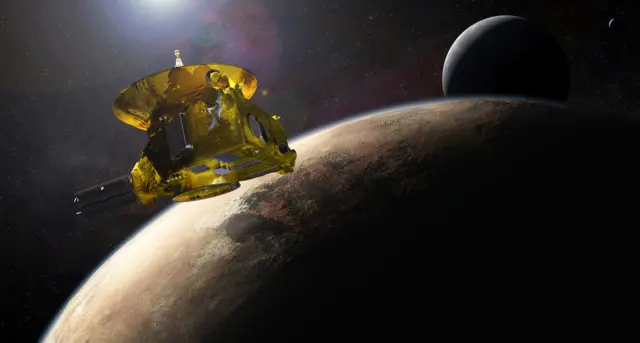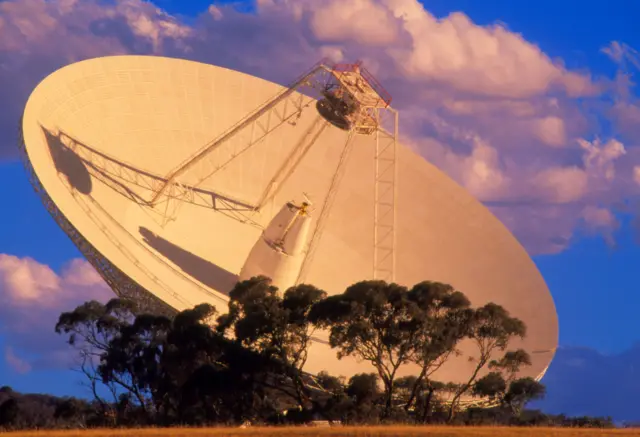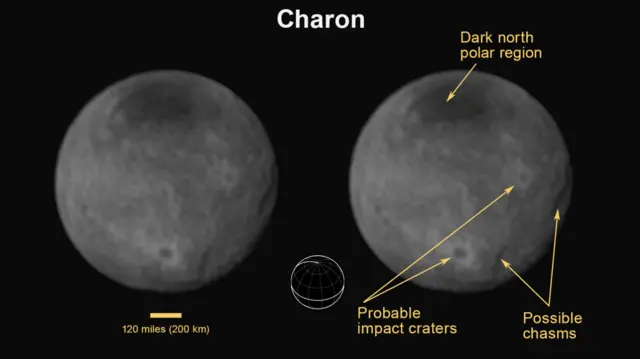Stay tuned...published at 13:08
Coming up at 13:15 BST there will be a briefing direct from the New Horizons operations centre - including an update on what the team received from the probe last night, before it went silent for the flyby.
You can watch using the "Live Coverage" tab above.


